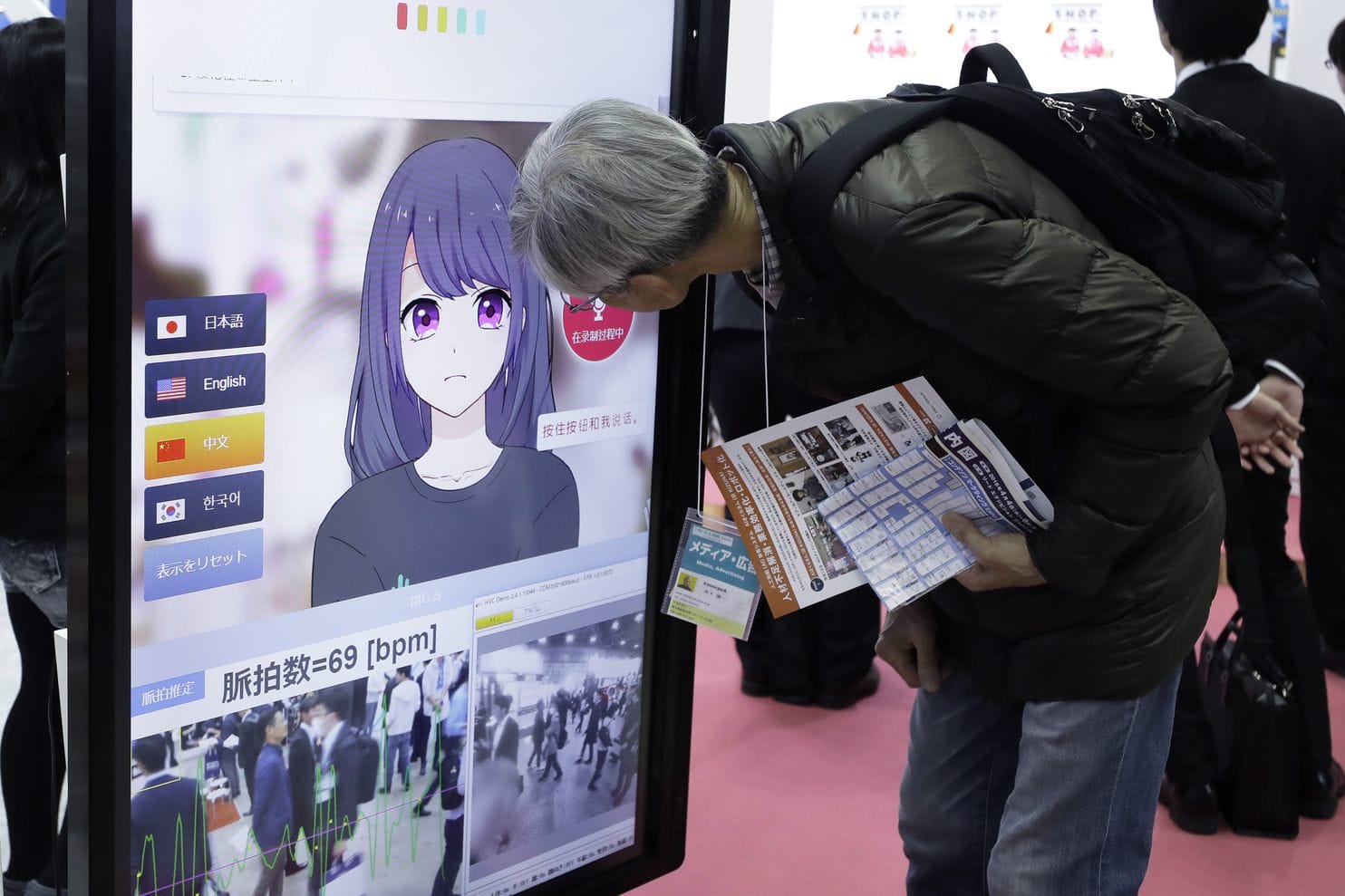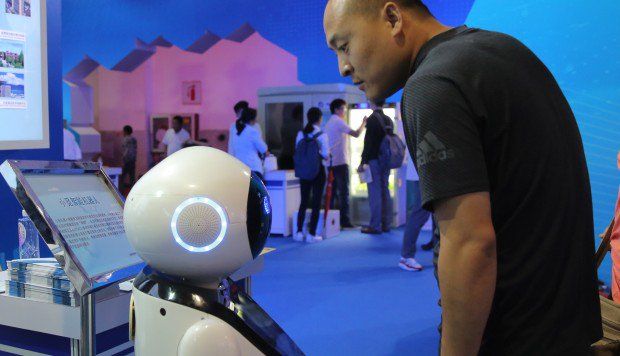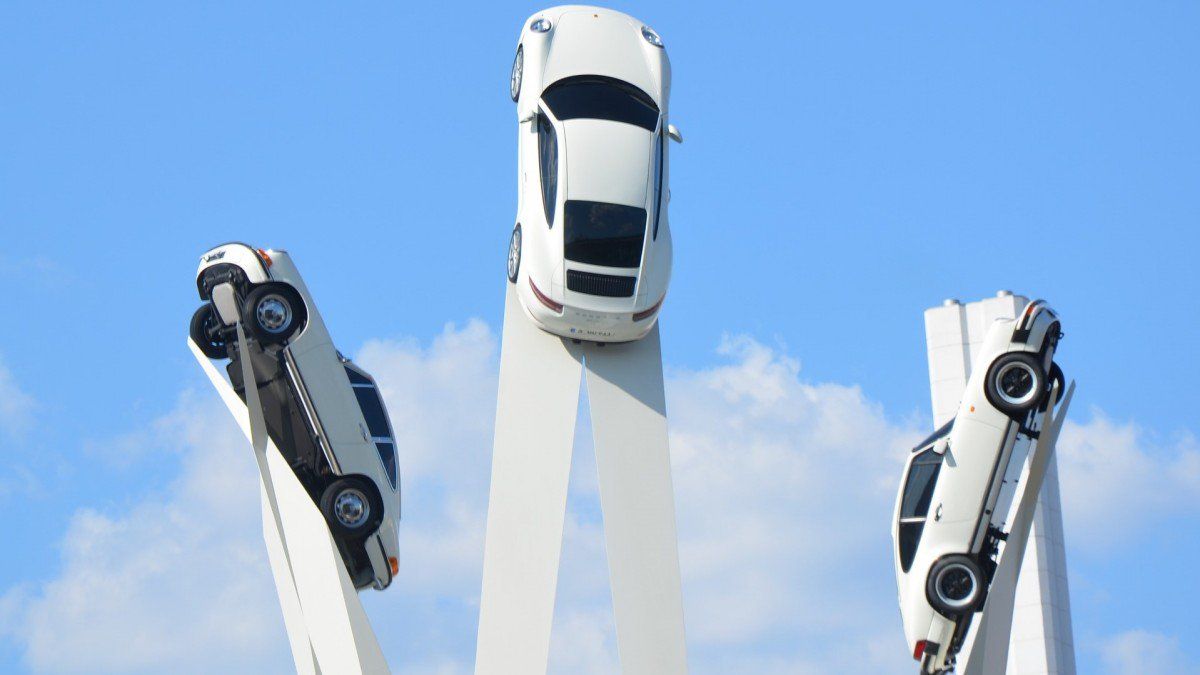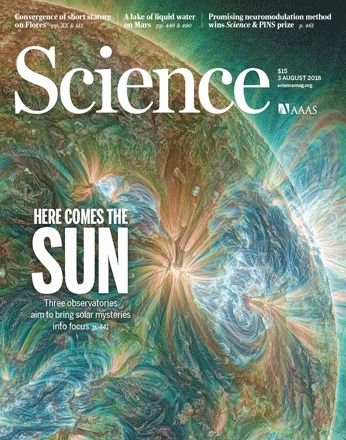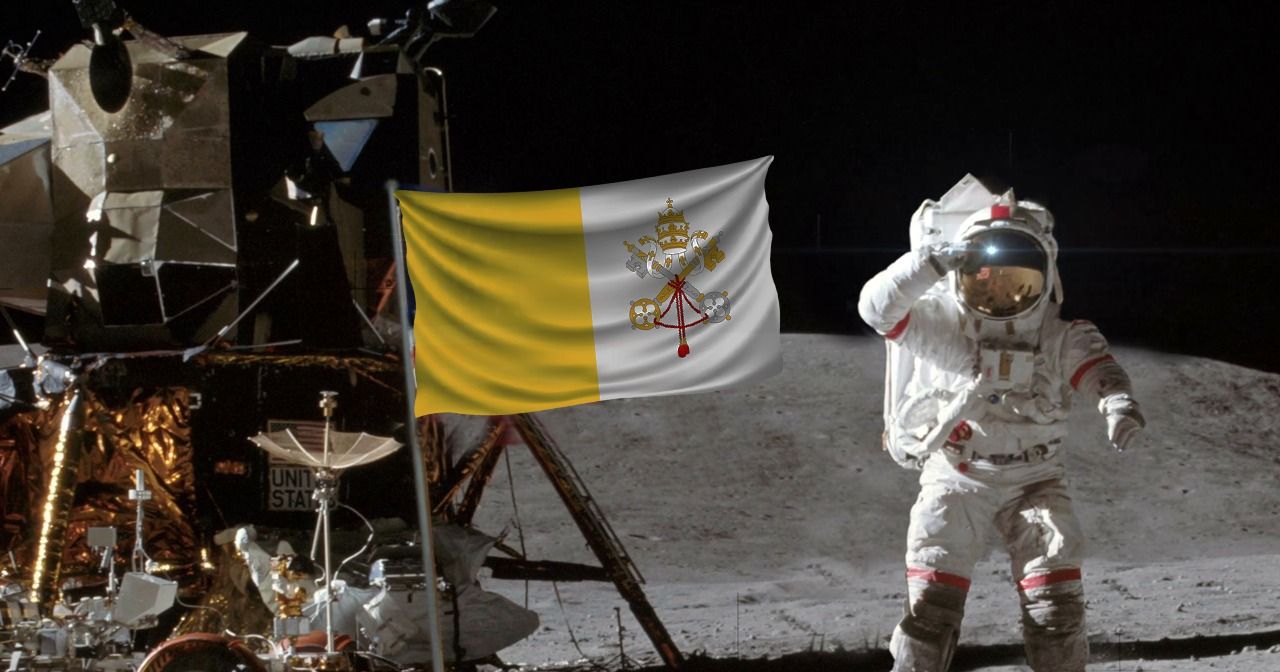Surging productivity and the general rise in incomes it brings would be welcome, of course, but that isn’t sufficient. The same questions being raised about the advance of robotics in the workplace apply to machine learning. While new jobs would be created, many existing jobs — from doctors and financial advisers to translators and call-center operators — are susceptible to displacement or much-reduced roles. No economic law guarantees that productivity growth benefits everyone equally. Unless we thoughtfully manage the transition, some people, even a majority, are vulnerable to being left behind even as others reap billions.
Whether it’s for the better and for the many is up to human intelligence.
